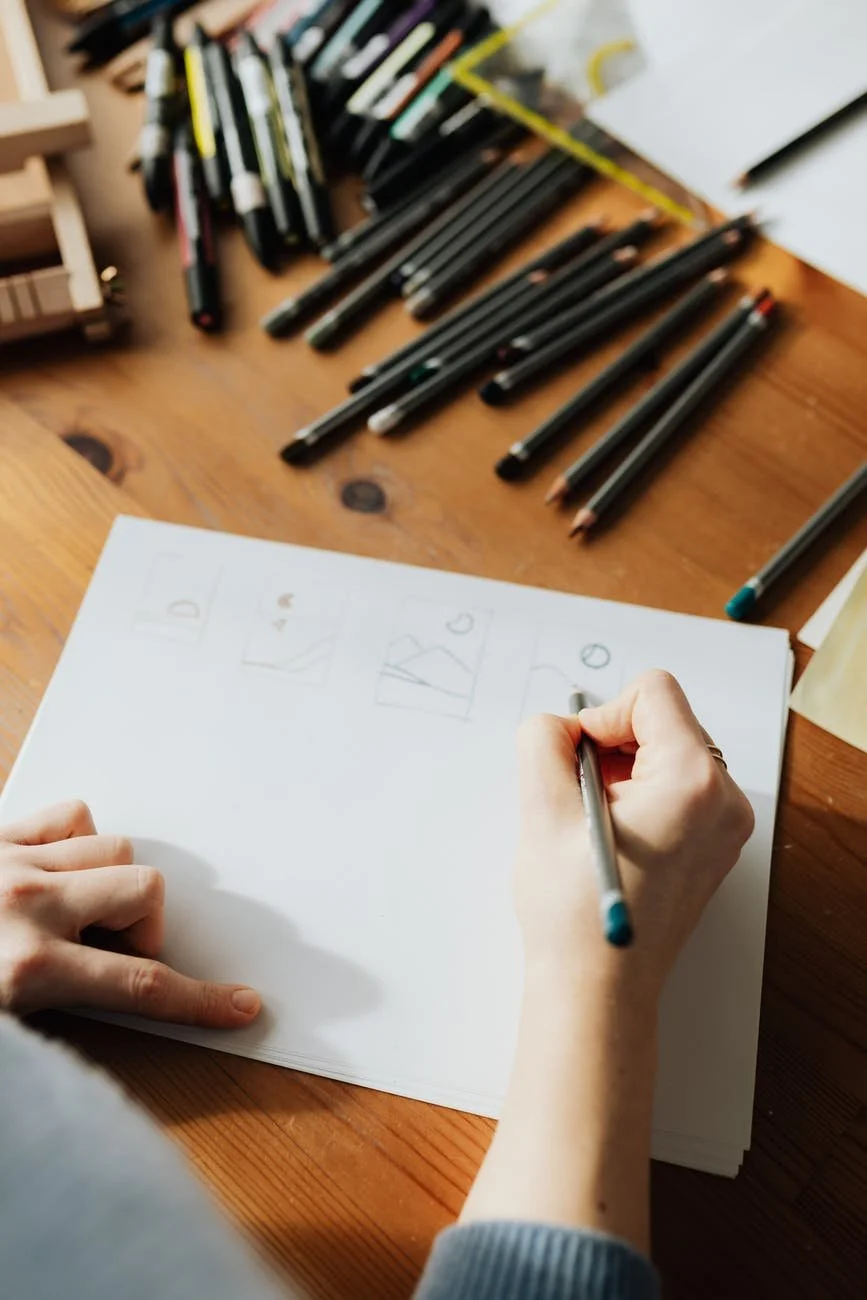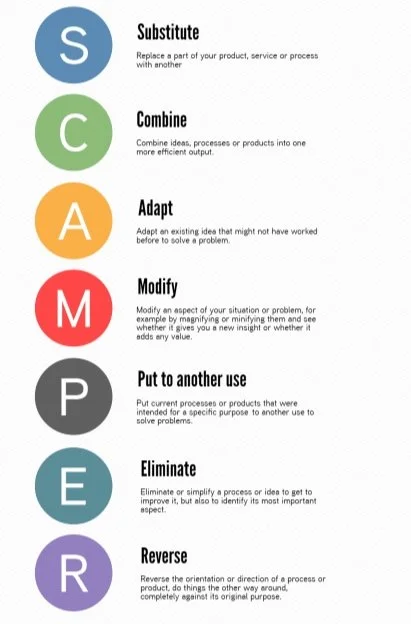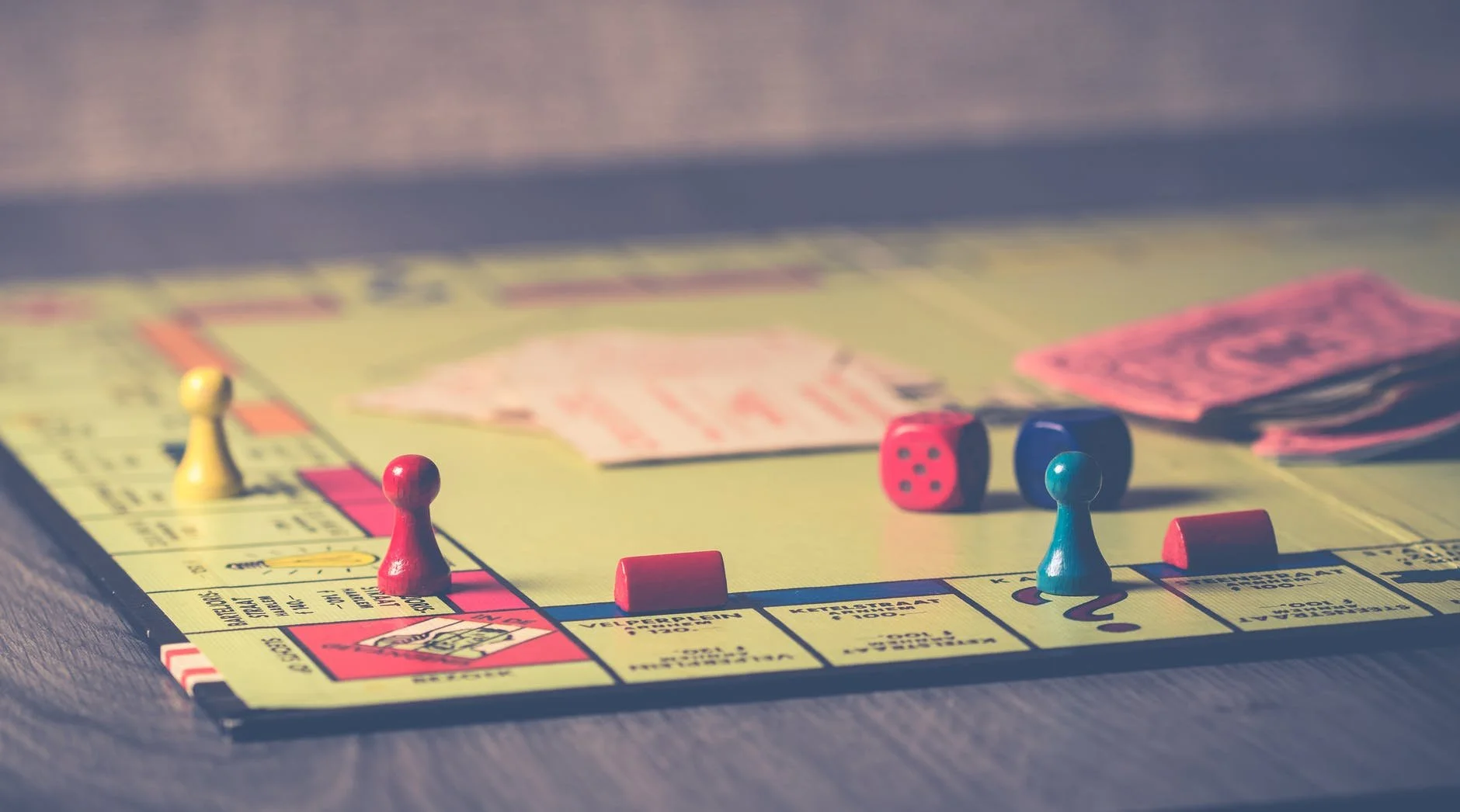App Ideation
Designers must develop effective habits and processes to approach design activities. Ideation allows designers, especially groups of designers, to generate more design ideas within a safe space to discuss thoughts freely. Designers ideate by combining rational thoughts with their imagination with help from their conscious and unconscious minds.
Techniques
Brainstorm
While brainstorming, designers leverage group synergy to develop new ideas. Then, multiple ideas can be combined to create one great idea. As they say, “1 + 1 = 3.” The most important guidelines during brainstorming sessions are that everyone should feel comfortable discussing freely without fear of criticism and embrace wild ideas.
Braindump
Everyone in a group writes out all thoughts and ideas about a central problem or topic. Then, individuals will share their notes with the group for discussion.
Brainwriting
Like braindump, participants write their thoughts down. However, in a brainwriting session, the notes are passed to another person for additional notes and commentary. The process continues, so each note is passed to at least 3 to 5 people. In the end, each person presents the note they have in hand for group discussion.
Worst Possible Idea
In this exercise, the group tries to create the worst solutions to a problem. This increases energy, participation, and creativity. Worst Possible Idea also relieves anxiety, tension, and self-confidence issues.
Mind Map
A mindmap is a graphical technique for participants to develop a web of relationships. First, the primary problem or phrase is placed in the center of a page. Then, solutions, thoughts, and ideas are written out and connected to the primary issue. Mindmaps visually organize thoughts and ideas since the mind often produces information in nonlinear forms.
Sketch
Visuals are an excellent way to provoke new and more in-depth ideas. You can express your thoughts and ideas through diagrams and rough sketches. The goal is to help you think more openly and creatively. Sketches also make it easier for groups to discuss, critique and share ideas.
Storyboard
Humans are innate storytellers, making stories an effective medium for communicating and learning. With storyboards, designers create a visual story about the problem to bring a situation to life and further explore the dynamics of a situation.
SCAMPER
Scamper uses action verbs as stimuli by asking designers seven questions. What can I substitute, combine, adapt, modify, put to another use, eliminate, and/or reverse?
Gamestorming
Gamestorming converts traditional problem-solving methods into gamified versions to promote engagement and energy. A few common examples are fishbowl, anti-problem, and cover story.
Fishbowl: Inner circle of people discusses ideas while the outer circle listens and observes.
Anti-problem: Participants solve the opposite of the problem.
Cover story: Create a cover story with a headline, main image, quotes, and sidebars for visual generation.
Prototype
Prototyping allows designers to build rough models as they work through designs, essentially building to think. The process relies on iterative production wherein participants continually modify their prototypes.
Brainstorm Graphic Organizers
Graphic organizers are frameworks for teams that provide a visual structure for a deep dive into the problem space.
Brainstorming webs: Develop a key concept then find supporting characteristics and notes.
Tree diagrams: Easily communicate hierarchy, classifications, or relationships.
Flow diagrams: Expresses a sequence of events, actions, processes, or cause-and-effect.
Imageboards and Moodboards
Moodboards also referred to as imageboards, are used by many design professionals. These use a collection of images and colors to represent the target aesthetics, style, audience, and context.
Photo Studies
In photo studies, participants photo-document their lives and interactions, providing insight into users’ most important moments and feelings. These offer the designer visual, self-reported notes on priorities and behaviors. Photo studies often accompany journal entries.
Role-Playing
In role-playing, the designer steps into the user’s shoes, taking on their roles, routines, and behaviors.
App Ideation Example
Challenged with creating a “dream app,” I was inspired to create an app that helps pet owners find pet-friendly travel accommodations and activities. Since I’m currently traveling without my pets, this app spoke to my personal needs. Our pets are only with us for so long and spending time away from them limits the overall amount of time we have with them.
Traveling with pets introduces an onslaught of hidden pet fees and pet policies which further limits travel options. Boarding your pets can quickly become expensive. passpet allows pet owners to book and plan travel accommodations and activities that are guaranteed to be pet-friendly.
Idea generation is an art form and not easily mastered without effort. The goal of ideation is a quality design to solve specific problems or issues, but the primary focus is quantity rather than quality. Greater numbers of ideas create a higher likelihood of effectively solving the problem at hand.















